The Northern Lights illuminated the sky over Pen y Fan, an unprecedented sight in South Wales. So how can you see them yourself?
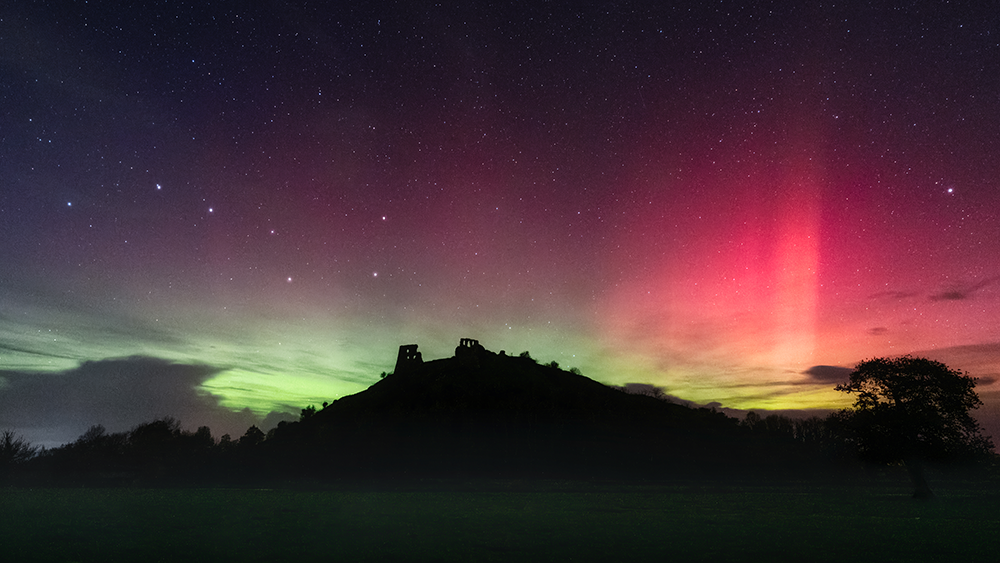
Lugging a tripod, camera and a flask of coffee into the cold twilight, amateur Northern Lights hunter Rachel Kibblewhite wasted no time jumping at the chance to get the perfect shot. Heading into the night after receiving word from her local Facebook group, Rachel found her self in the middle of nowhere, anxiously awaiting any sign from the dark sky that ‘the lights’ may appear.
The mum and emergency responder became interested in photography as a young child and is fascinated how lighting can make a huge difference in photos, in particular the use of natural light. Her mission then became to capture the most elusive of them all, the Northern Lights.
Rachel was finally ready to head out in the wilderness to witness them firsthand, “I was just six weeks post having a total hip replacement, it was -2 degrees and I had just been given the go-ahead to drive. I’d already been practicing my camera settings and tripod set up, so I wrapped up, made a flask of coffee and headed out to the darkest spot I could find,” she says.
The Northern Lights were observed in a very rare instance over the Bannau Brycheiniog National Park last weekend. The aurora could also been seen as far south as Powys and Swansea. They are usually found in the far north of Scotland.
Rachel waited. “I got my tripod set up in a hedgerow, facing North and just started watching the stars in the sky, looking for the grey lights … I thought my imagination was causing me to see them, but I clicked away on a high ISO, long shutter speeds and a wide angle lens. I wasn’t sure if what I was capturing was ‘the lights’ but continued … I was using my tripod to keep me balanced my on my recovering hip,” she explains.
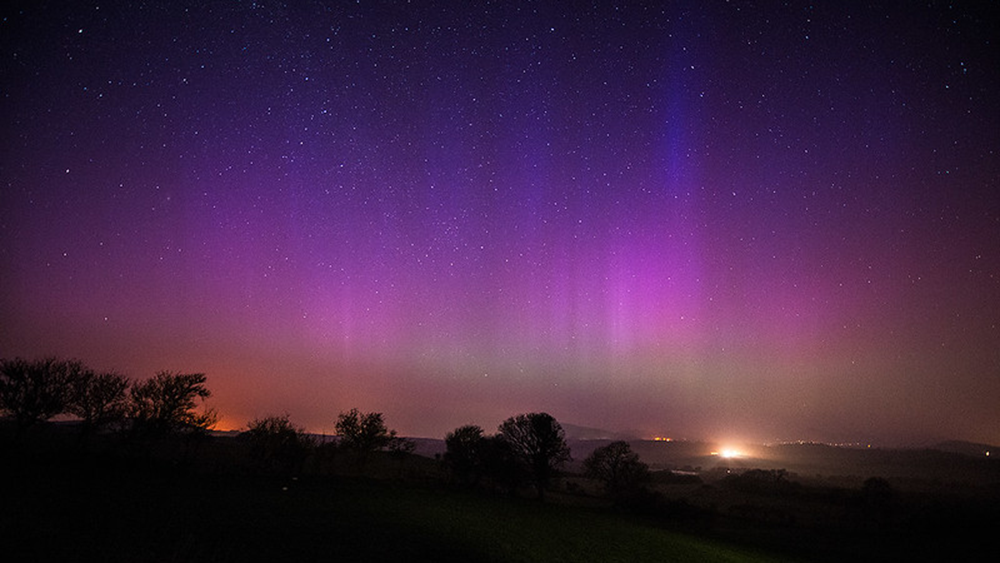
After an hour Rachel returned home, uploaded the images and began scanning through the pictures looking for any hint of the lights. She sought the advice of the Cheshire Northern Lights Hunter Facebook group where leader Mark Griffiths confirmed she had in-fact photographed the lights. Her pictures displayed a faint green aurora with a slight bit of red, she was elated. For the first time Rachel had captured the Northern Lights and this spurred her to continue.
But, as Rachel experienced, when spotting the Northern Lights, they may appear grey because it is the camera that exaggerates and captures the green, red and pink colours. So how do you actually photograph them, you may ask.
Professional photographer Mathew Browne is an expert in photographing the Northern Lights and became interested after visiting Iceland. But it is only fairly recently he has been determined to capture them in Wales. “I’ve been seriously pursuing the lights here in Wales for several years but it’s only in recent months that it’s happened on a scale big enough to photograph. The thrill of the hunt keeps me going and the challenge of capturing somewhere local with what is likely to be a once in a lifetime scene behind it,” he says.
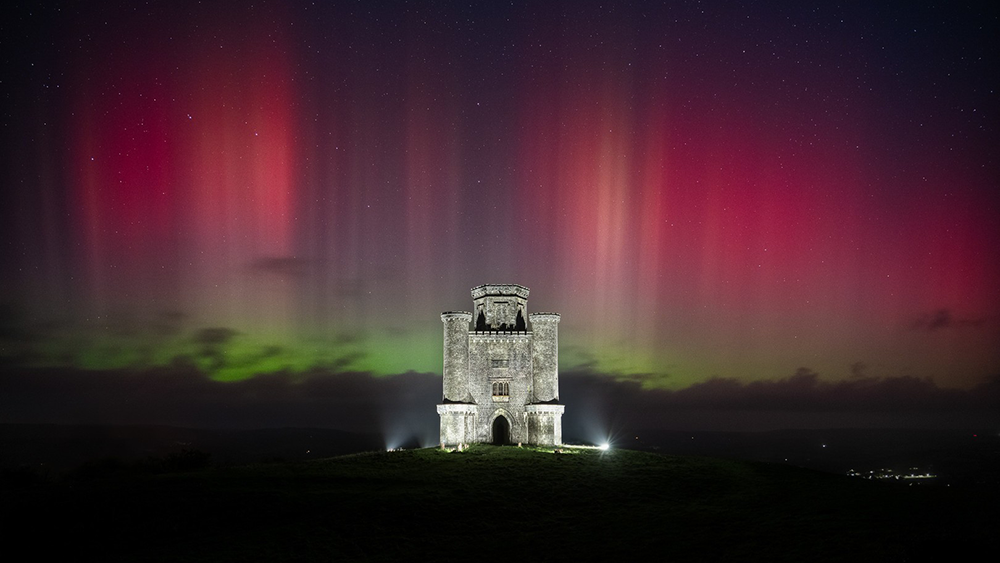
Mathew’s image of Paxton’s Tower in Carmarthenshire, South Wales was one of the winners of the coveted 2023 Northern Lights Photographer of the Year award. The image was named Goleuadau’r gogledd which translates to northern lights in Welsh. Mathew recalls, “Witnessing the aurora borealis this far south is a rare occurrence, and capturing it at an iconic location like Paxton’s Tower adds to its uniqueness … for over an hour, the horizon beyond the clouds emitted hues of green and pink. However, for a brief yet magical moment, the sky came alive with impressive pink pillars, visible to the naked eye.”
Mathew explains the most essential technique needed in the pursuit for the Northern Lights is patience. “Theres no tip or trick that is any substitute for patience. I’ve been out specifically for the northern lights on at least 100 occasions, and have now only met with what I’d consider a major success three times,” he says.
Mathew suggests investing in a sturdy tripod, joining a Facebook group in your area to learn from the experts who post there and downloading a Northern Lights tracker app such as the Glendale App. The app uses using real-time tracking of geomagnetic substorms, which enables it to provide advance warning that auroras are developing and gives alerts to users at crucial stages when the aurora is coming to its peak.
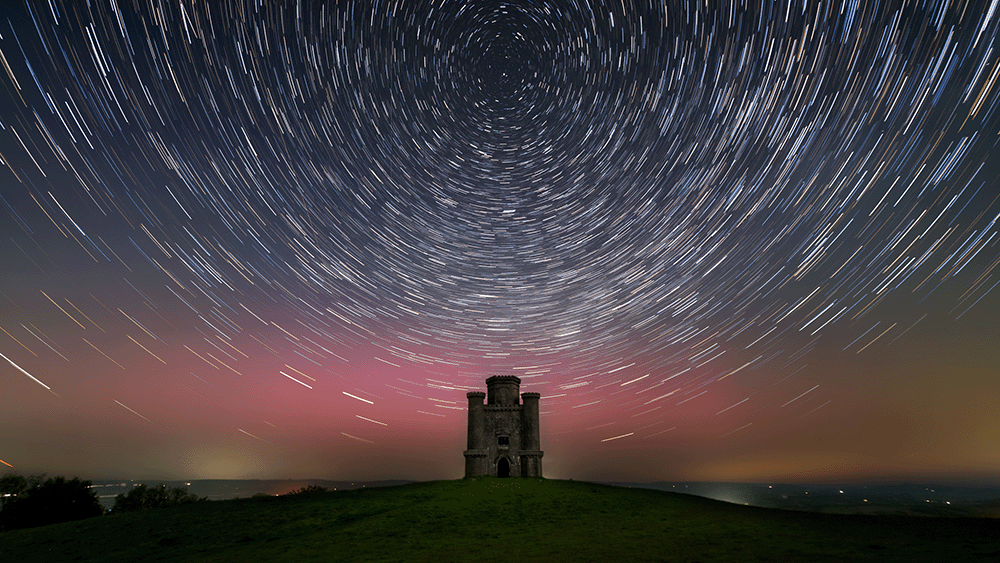
Maintaining persistence is a vital aspect when chasing the Northern Lights. Mathew says, “The biggest hurdle to overcome is disappointment. Disappointment that you went out and didn’t catch anything, that the weather was no good, and so on. Most hunts statistically will lead to nothing, but what you see in the media are the highlights. No aurora hunter shows you their portfolio of failures. If you persevere your patience will be rewarded.”
Additionally, even if you do manage to be in the right place at the right time the lights may fall short of expectation. Mathew continues, “The second hurdle to overcome is understanding that it is rare to see colour with the naked eye. I have stood alongside people who see nothing, yet the camera sees flashes of colour. Unless it’s a strong display at very northern latitudes the truth is most displays will be colourless and very faint.”
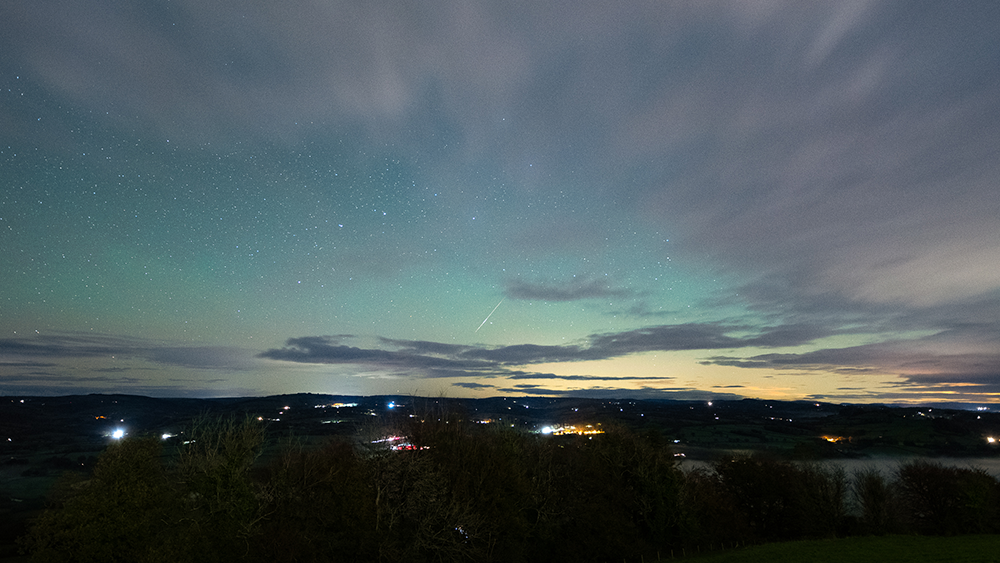
Now is the time to get out there and do it yourself. Scientists predict 2024 to be a peak year for auroral displays. There won’t be a better time to see the lights for another 11 years so now is the time you are more likely to see those rare vibrant hues of red, green, pink and purple.
Anyone can see the Northern Lights. Hunting for them does not require fancy camera equipment, expert knowledge or an athletic disposition. Rachel says, “My lasting thought was that thanks to the group’s advice and motivation, I was able to make my Northern Lights dream come true just one mile from home, still using a walking stick and with a lens that is 40 years old that cost me only £20.”
Discover more of Mathew Browne’s professional photography of the Northern Lights here: https://www.mathewbrowne.co.uk/
